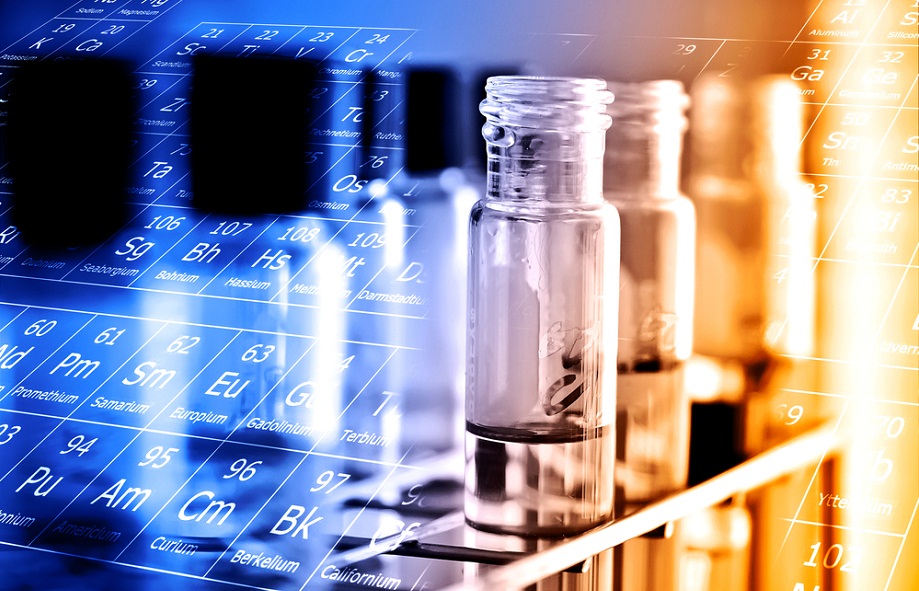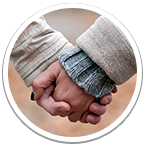Alcohol and drug testing

Alcohol and drug testing involves laboratory examinations to find out whether the person tested had alcohol or drugs in his or her system at the time of the sample being taken or earlier. The tests cover alcohol, illegal drugs as well as the most important misused pharmaceuticals. In addition to alcohol and the more traditional drugs, a number of new psychoactive substances, or designer drugs, have been developed and used in recent years to avoid being classified as illegal or avoid detection in standard drug tests. Classifying new psychoactive substances as illegal drugs does not solve the problems they create for drug testing, because standard drug screens do not detect the new compounds.
Alcohol and drug testing is carried out for health care purposes or for control purposes. Examples of alcohol and drug tests carried out for control purposes include drug testing in workplaces and educational institutions.
The presence of alcohol or drugs is usually tested from blood or urine samples, although even saliva or hair samples can be used. Blood samples are used to test the presence or concentration of alcohol or drugs in the person tested. Urine samples can reveal recent drug use for a longer period of time, while hair samples can reveal drug use even after several months.
Alcohol and drug testing is usually done in a two–step procedure. The first step is often a less accurate screening test, and a positive screening result is then confirmed with another method, preferably more accurate mass spectrometric test, which enables an unequivocal and indisputable detection of drugs.
In drug testing, the first step has traditionally been immunological tests that measure the presence of a particular molecular substructure. This means that the test may give positive result if another compound with the same substructure is present in the sample, resulting in a positive result which is then proven false in the mass spectrometric confirmation test. Another drawback with the immunological tests is their limited scope: the presence of new designer drugs and several intoxicating pharmaceuticals cannot be detected. Modern drug testing should, therefore, use extensive mass spectrometric screening tests instead of or addition to immunological tests.
Legislation on alcohol and drug testing
Workplace drug testing is regulated in the Act on the Protection of Privacy in Working Life (759/2004), the Government Decree on Drug Testing (318/2005) and the Occupational Health Care Act (1383/2001). Further provisions on state and local government officers are in the State Civil Servants Act (750/1994) and the Act on Local Government Officers (304/2003).
The SORA legislation package (legislation by the Ministry of Culture and Education; entered into force on 1 January 2012): Act amending the Act on Vocational Education (951/2011); Act amending the Act on Adult Education (952/2011); Act amending the Polytechnics Act (953/2011); Act amending the Universities Act (954/2011); Act amending Section 6 of the Criminal Records Act (954/2011); Act on the Students' Legal Protection Board (956/2011)
Legislation concerning driving while intoxicated: Criminal Code (39/1889), Chapter 23, Sections 3–9.
THL performs alcohol and drug testing for health care services, specialised services for substance abusers, occupational health services, as well as for the police and judicial authorities.
Drug and alcohol testing experts at THL




